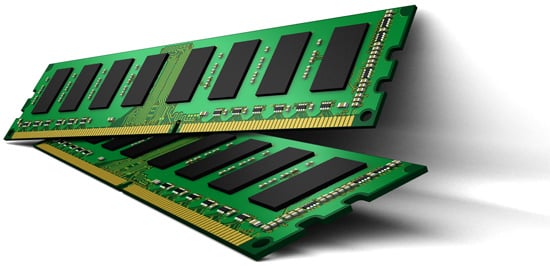DRAM Supply Side Issues

Written by Hans Dittmar
![]() Download PDF version of this advisory
Download PDF version of this advisory
Technical Advisory December 2017
Semiconductor component constraints 2017-2018 (and possibly even into 2019)
As many of you may be aware, there is a shortage that will affect supplies of NAND, NOR and memory module products likely through 2018. As a trusted supplier to you, GMI understands that when these issues arise we need to work together to reduce or eliminate lead time issues wherever possible.
Though this is not as dramatic as some of the semiconductor industry shortages of the past, it is something that GMI is keeping an eye on and recommend you do the same. The current component shortage is now expected to last through 2018 and possibly into 2019. Micron for example expects DRAM supply growth to remain around 15 percent to 20 percent, with DRAM demand growth ranging from between 20 percent to 25 percent, as reported by Forbes.
This indicates a tenuous balance between capacity and demand, which can easily create a much larger problem if an additional condition is added. Passives lead-times are stretching to 30-plus weeks, according to one research firm, with some orders quoted for delivery into mid‐2019.
Some of the causes are typical for the industry, but some are unique this year;
- The most significant drivers are increased demand for SSD (solid state drives) for the PC and storage markets combined with sharp increase in demand for smartphones.
- Several major mergers and acquisitions have counterintuitively created a reduction in the growth and caused demand to outpace facility expansion.
- Estimated DRAM capital expenditures for 2017 will grow by 24 percent year-over-year, well below their 2015 peak, even though prices have been trending up significantly.
- A shift in flash from 2D to 3D technology, with flash being a key component in SSDs. That shift is driving shortages in both SSDs and flash memory and will continue to exacerbate the situation.
- The release of new iPhones is triggering a significant impact within the supply chain and component shortages. About 18% of global annual supply of NAND chips is purchased by Apple.
- Memory Cards, Micro SD, SDHC are harder to find, especially on the obsolete densities 4GB and 8GB, which are currently experiencing high demand with a limited supply.
- The solar panel industry is also experiencing explosive grow in certain areas and have increased the overall demand for semiconductor fabrication.
According to DRAMeXchange, prices increased by around five per cent in the third quarter, and buyers can expect to pay even more in the foreseeable future. This shortage could last into 2019.
If you have products that rely on semiconductor parts, it may be worthwhile to review those specific components and the outlook to ensure a smooth supply for the next 12-18 months.
We encourage you to review the list of products at potential risk and then reach out to your GMI Program Manager to discuss the best options for your specific products or programs. We have several options that may help prevent component shortages and protect the consistent supply you’ve grown accustomed to from GMI.
![]() Download PDF version of this advisory
Download PDF version of this advisory






